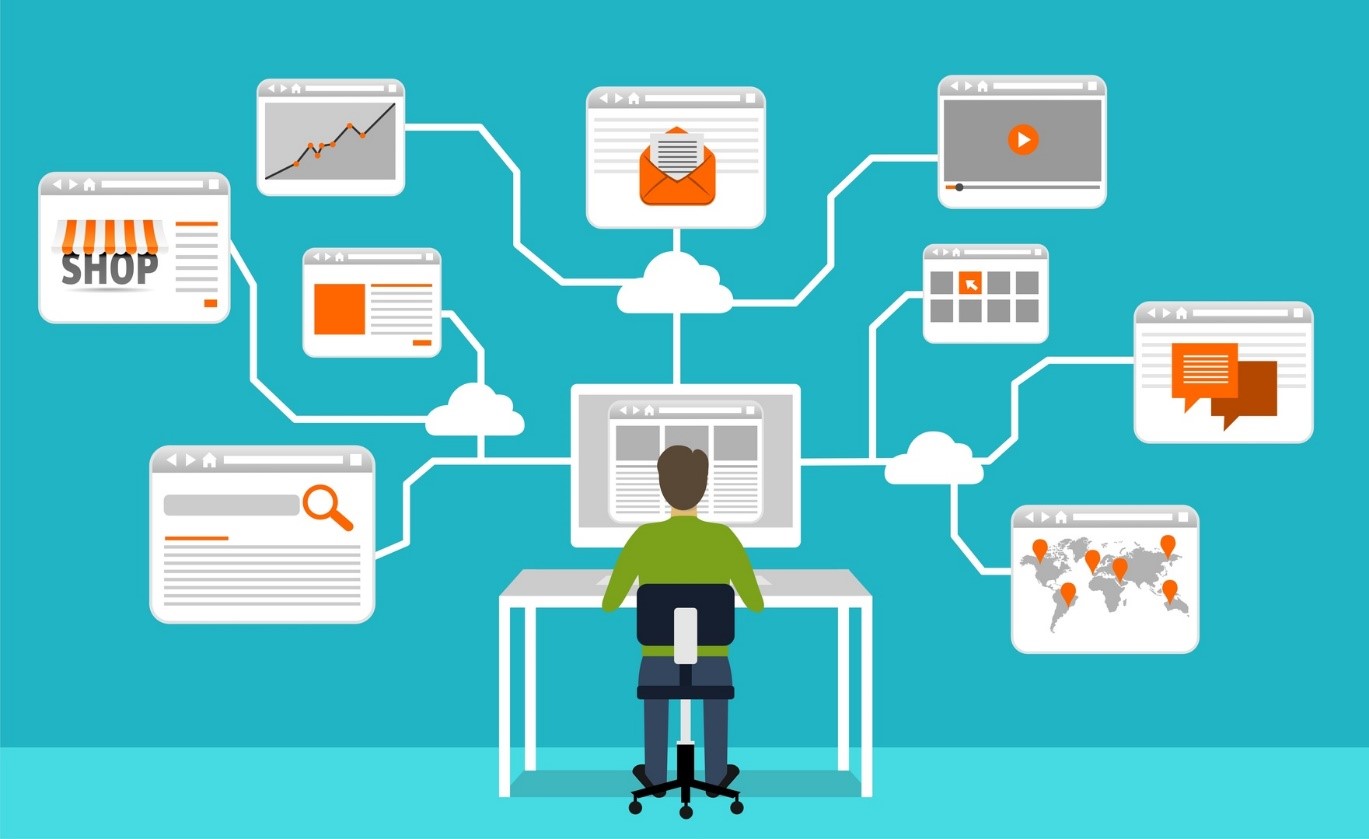As the residents of the planet earth we all know how Amazon and eBay literally dominated the ecommerce space for years and almost since the ecommerce has come into existence. Well, there are now a few other global giants that joined the league of most successful online stores. Any small business when thinking about venturing into the ecommerce space with a small store gets automatically alarmed about the huge disparity they need to face. No wonder that most small ecommerce startups just don't think of competing for the likes of Amazon.
But to your surprise, the web technologies and several time-tested practices can help even a small business compete with a large ecommerce brand. Yes, there is still the opportunity of some level-playing field exists if you know how to utilise the same for your online store.
Here we are going to explain some of the effective and time-tested ways small businesses can take on large global names in the online space.
- A Humble Beginning With The Big Impact
First of all, know that the basic principle for most successful ecommerce stores just works almost the same way. Yes, you can have a humble beginning with a small audience and limited niche merchandise and with that can create a powerful impact on your audience. However small your business is at the start, creating a big impact on your audience within a small frame if time is what is most important.
Just look at the beginning of Amazon as a bookseller online store that made such a huge impact on its customers since it arrived. Flipkart in Southeast Asia almost has a similar humble beginning as a bookseller online retailer that gradually became a robust multiple-brand store and marketplace for all types of products. Just think how long before Amazon and Flipkart became what they are today, offered a never-before customer service to make shopping a rewarding experience.
- Understanding Your Audience And The Tools

As soon as you made up your mind and are ready to make your merchandise live, you need to have a clear idea about your audience. What type of demographics your store is going to target and what age groups and socio-cultural aspects your ideal audience is likely to have. You need to know the key triggers for sales conversion for your audience. Knowing your audience is the first step to consolidate and strengthen your customer relationship.
Now, when you know about your audience in detail and can figure out the typical customer profiles across various geographic locations, it is time to get to the practical things. You need to take a call on how you are going to deliver the products and what are the logistics solutions at your disposal. You need to decide about a solution that keeps on handling user queries during their store visit.
For creating a superb store complete with an audience specific design layout and an array of features, you have several quality CMS solutions at your disposal like the Shopify, Magento, Wix, WooCommerce, etc. You also have to integrate point-of-sale systems to manage customer data effectively. A CRM solution for your store is also very much required to help to convert sales and gather client data for effective business communication.
Your ecommerce Store also needs to reach out to the wider audience through various social media channels to gain traction on a regular basis. Tools like Buffer and Hootsuite will help you scheduling posts to remain active on social media without much human involvement. For small ecommerce venture with limited manpower, these tools are indispensable.
- Enduring Credibility For Your Business Brand
An ecommerce store, in the beginning, should mainly focus on building credibility for the business brand. Besides creating a unique look and feel for the online presence of your store, you also need to create a positive impression about your business.
Here are the key ways to build credibility for your online store.
- Always showcase every product with all the relevant details.
- Sticking to the product and price that users clicked on the search engine results.
- Strictly maintain a schedule and timeline to ensure delivery in time.
- Provide assurance of safe packaging and handling and ensure a no-questions-asked return in case of customer dissatisfaction with the product.
- Faster exchange of wrong or defective products.
- Providing even money-back guarantee for defective and damaged product.
- Create Great Content For Free
An ecommerce store mainly draws the attention of the wider audience through search engine results and hitting search engine lists on a regular basis is not possible if you do not create useful and effective contents for the users. Consider the following tips.
- Conduct audience surveys and know the kind of contents they prefer most.
- Make use of various user-generated contents to gain traction. Tell your seasoned audience to become brand evangelists and post images with your products through a featured page.
- Frequently publish various industry reports and surveys with your own test.
- While posting on social media, always fetch opinion about the kinds of posts your audience like.
- Provide A Solution To A Problem
Lastly, try to build your ecommerce store just as a solution to a valid problem faced by your customers. If your target audience needs a bookstore that also publishes quality reviews and cites references related to the subject, serious readers and scholars soon can find your store very effective. Now, when you gained a reputation and your first batch of a loyal audience, build an online discussion forum right under the same URL to fetch more relevant insights and customer data.
Conclusion
Thanks to an array of most sophisticated technologies, for small businesses competing get the large stores, became much easier than ever before. From intelligent Chatbots to modern data analytics, technologies are continuing to make ecommerce a level-playing field for businesses of all sizes.
